Speckled catfish: features, maintenance and care
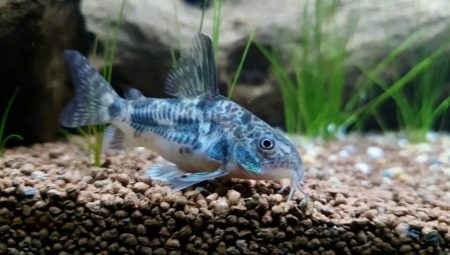
Fans of aquarium inhabitants often have unpretentious and rather interesting fish. It's nice to watch them when you want to escape from everyday worries. Aquatic inhabitants do not require special attention to themselves, and most importantly, they do not make noise. But from communicating with them, it becomes calm in my soul. One of the representatives of the fish kingdom that may catch your attention is the speckled catfish.
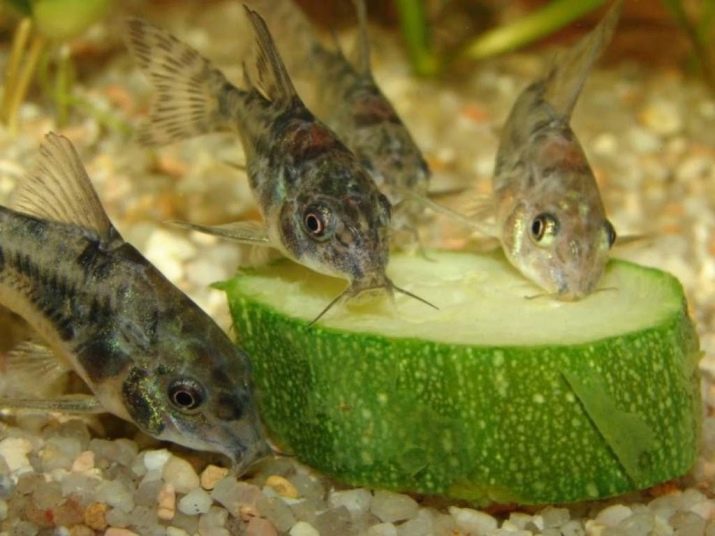
Description
Aquarium catfish is quite popular among breeders. This individual has various variations. The speckled catfish is peaceful and does not require special personal care. Under natural conditions, representatives called corridor (Corydoras paleatus comes from the Latin words "cory, doras, palea") inhabit reservoirs with clear stagnant water or a very weak current. They live mainly in shallow water in algae. Their name in Latin means helmet, leather.
You can meet catfish in the wild in the rivers of Paraguay, Brazil and Argentina, as well as the South American continent, Uruguay. Let's see its description.
- Spines (found on the fins under the eyes) are protective. Therefore, you cannot use the net when fishing. They can catch the catfish on the net and get hurt.
- Fish living in nature are endowed with a bright and contrasting color.
- The mustache helps in obtaining food.
- Grown catfish can reach sizes up to 8 cm.
- Each individual has an individual placer with a pale olive color (there is a blue or green tint).
- Despite the fact that the described fish can remain motionless for quite a long time, it can also be quite active, and it also belongs to peace-loving individuals. Yes, and this behavior is peculiar to catfish.
- If the catfish rises to the surface, then it does not have enough oxygen. These aquarium inhabitants are able to make sounds with their pectoral fins when they are in danger. Catfish live for about 8 years. Metabolism depends on temperature conditions.
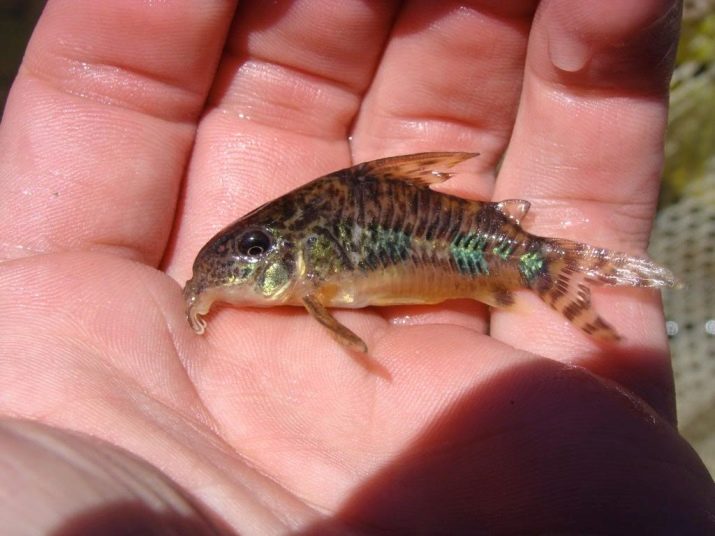
Remember that this breed belongs to fish that do not require careful maintenance. They have a number of positive qualities for which they should be started:
- small size, and therefore a large aquarium is not required (you can take 50 l);
- very beautiful and spectacular;
- eat whatever they give;
- accept any conditions of detention;
- practically have no flaws;
- however, you need to know that catfish, digging in the aquarium soil, raise particles to the surface, and the water becomes less transparent.
Despite all of the above, remember that catfish also need special care. They do not eat low-quality food and do not eat garbage at the bottom.
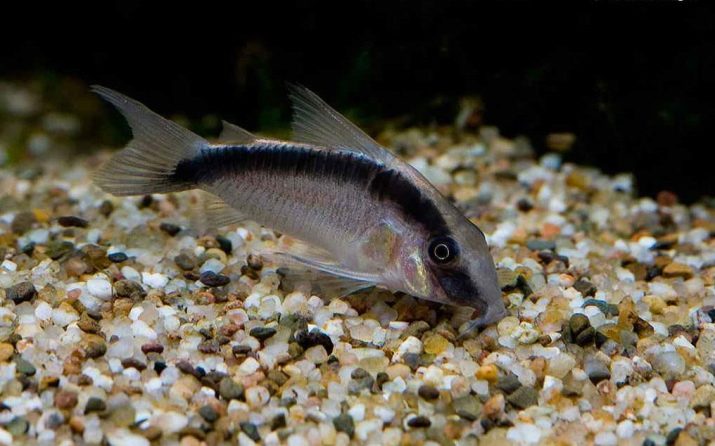
Views
These individuals are very successful and have many relatives. There are about 150 species that differ not only in color, but also in parameters:
- golden measles (have a golden line in the region of the ridge);
- leopard;
- catfish Shterba (the body is strewn with splashes);
- pandas (the colors predominate as in these bears);
- kori adolph - white fish, nape with orange markings, and others.
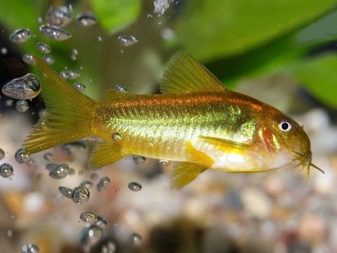

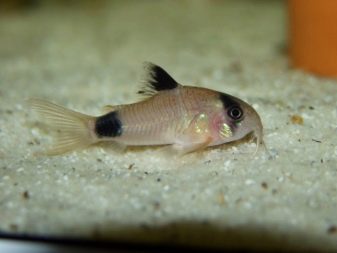
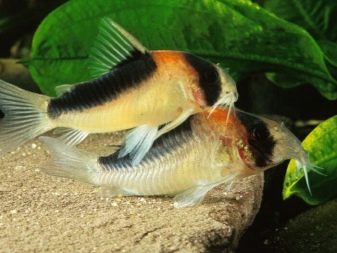
There are a large number of aquarium catfish. So, let's list them.
- Chain catfish. They differ from others by the bony plates that cover the entire body (it is elongated). Adult fish have numerous tentacles (outgrowths) on their heads. Chain catfish corridors are also known as corridor fish and panda or spotted catfish. They have three pairs of antennae and are very bright in color.
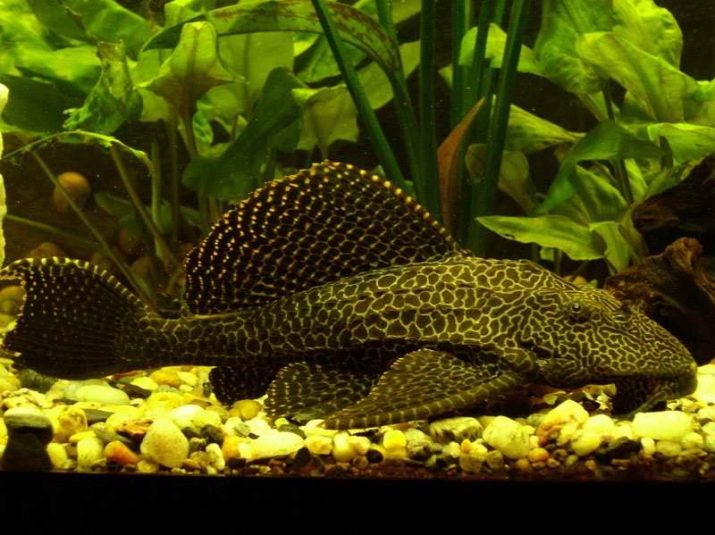
- Ancistrus albino Is a type of ancistrus (Latin name Ancistrus dolichopterus var. Albino). Differs in color from its common relative. Has a habit of hiding under snags and in other secluded places. There is also ancistrus golden, which has a rich golden color.
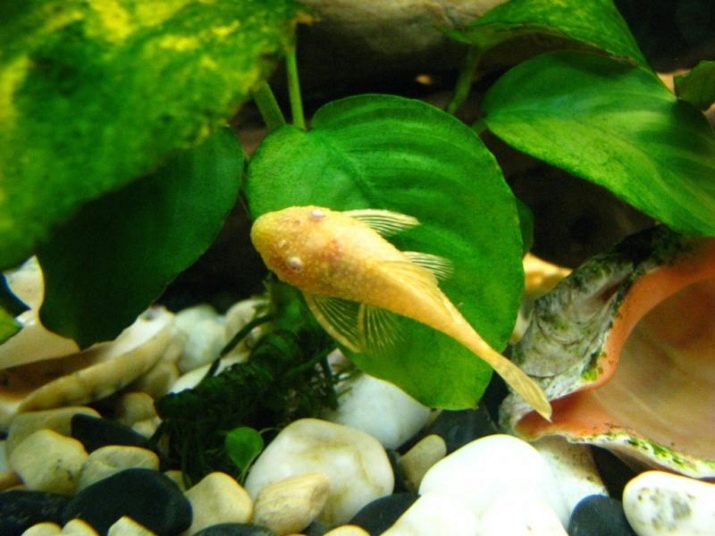
- The corridor is veiled. Here breeders have tried and brought out the species of speckled veil shells. They have an olive color with a metallic sheen. The body has dark blotches and a small pattern in the form of circles. The fins fly apart at the moment of movement like a veil, which is where this nickname came from.
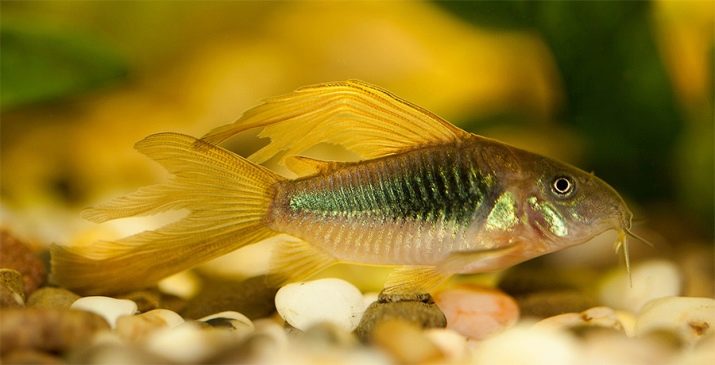
- Pimelodic or antennae catfish freely settle in rivers. For this reason, the water in the container must be filtered with an abundance of oxygen. Active in life. The parameters range from 5 cm to 60 cm in length.
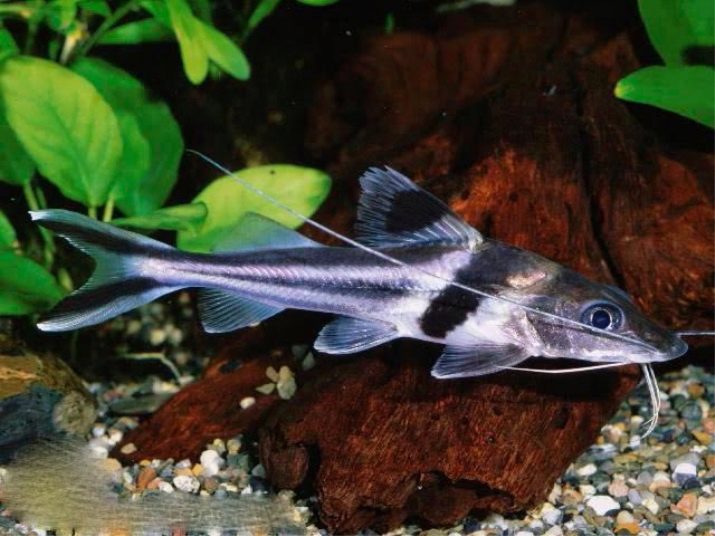
- Agamiks are quite peaceful fish. Dimensions reach 10 cm. They prefer to live at night and hide in burrows. They love to dig in the ground. This is how their location is determined.
To see them well, pour coarse sand on the bottom.
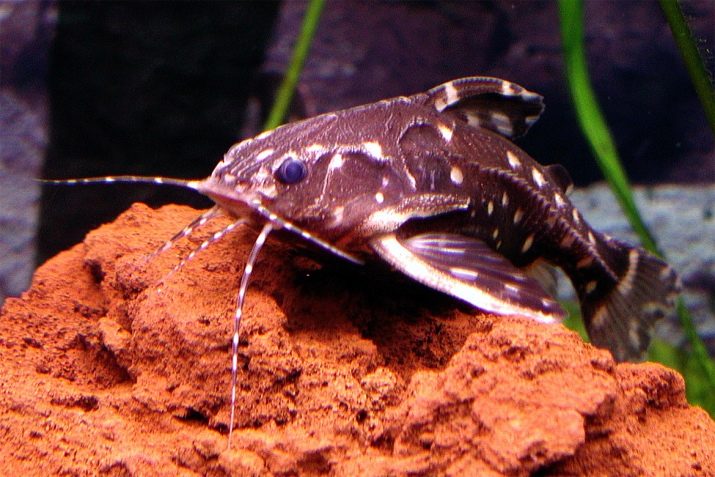
- Pterygoplichts are catfish-orderlies. They get along well in large aquariums with other inhabitants. They feed on vegetation. With a lack of food, they eat algae. They hide in secluded places, so you should equip such a house for your pets.
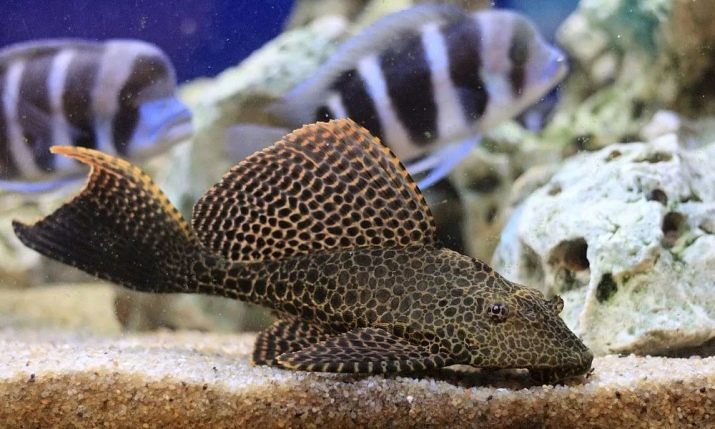
- Sticky fish are a shell-like catfish. There are 30 varieties. They feed only on plant foods. You can give cabbage leaves, spinach. Just pour boiling water over them before serving.
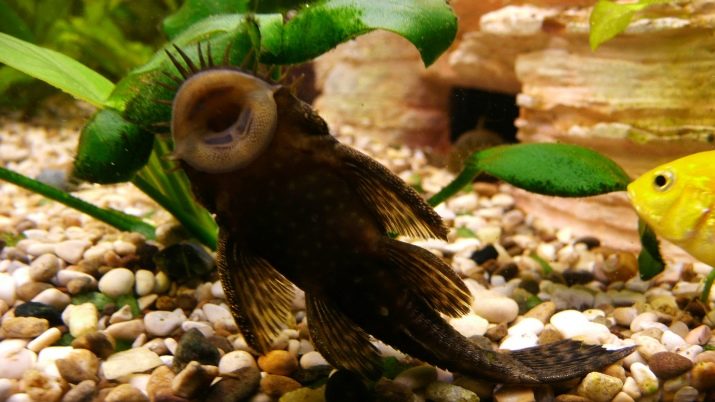
- Loricaria are a family of carapaces. Their sizes range up to 12 cm. Males differ from females in slenderness and a fleecy brush.
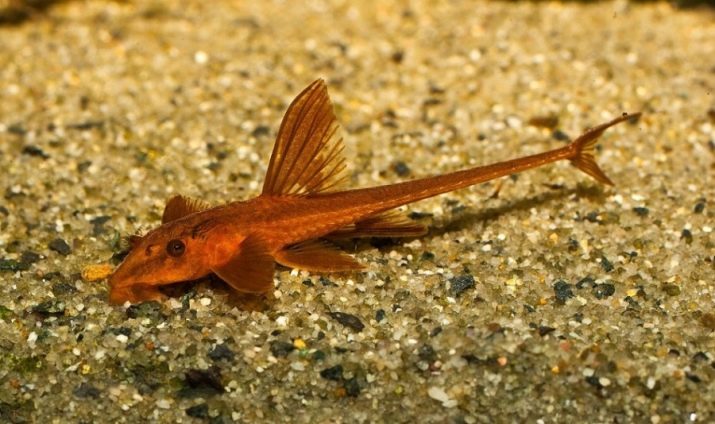
Compatibility
For catfish, the main thing is their own shelter. So take care of this condition. Catfish are very peaceful, and they can be kept even in a nursery with young animals. You can safely place catfish with guppies and viviparous fish.
And yet it is not worth keeping these bottom dwellers with slowly swimming fish without scales, since the corridors can damage their skin. And also you can not lodge catfish in the same container with large cichlids.
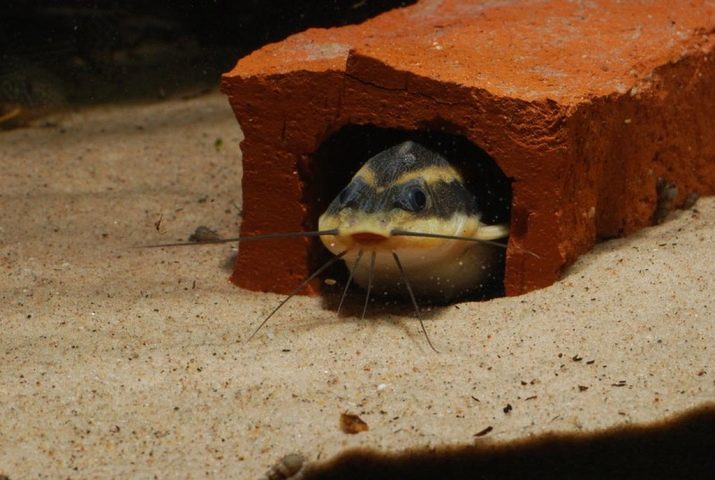
Get along well with labyrinth lalius, cockerel, macropods, gourami. Naturally, catfish of different species will find a common language with each other and get along well. Just provide them all with personal shelters.
Corridors get along well with carp (goldfish, cardinal, zebrafish, labeo, barbs).
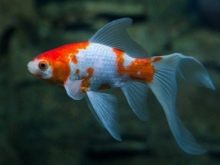
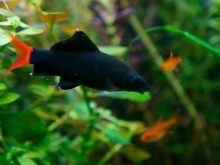
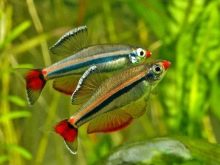
Growing conditions
Although catfish are unpretentious in food and care, there are some subtleties that you need to remember. Let's consider them in more detail.
Let's start by choosing an aquarium. Its volume should correspond to the number and size of the stocked fish. In the case of catfish, the bottom area must be taken into account. A flock of 8 individuals is placed in a container of approximately 50-70 liters.
The wide range of conditions that the catfish can withstand allows them to be placed with other fish. The water temperature can range from +20 to +29 degrees Celsius, acidity should be about 7.8, water hardness from 0 to 18 units.
The content of harmful substances is not allowed.
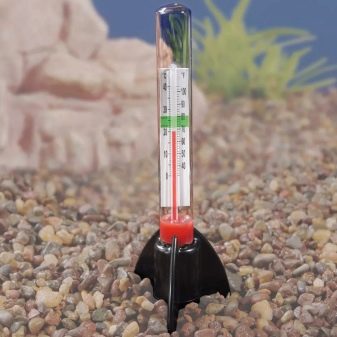
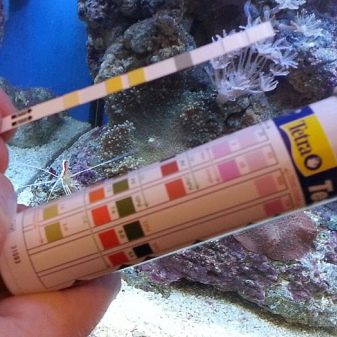
Place coarse sand or gravel at the bottom. Catfish antennae are very vulnerable, so avoid sharp edges. Choose a dark soil tone. The catfish looks bright on it.
The scenery may vary. The main thing is that the fish do not get hurt by them. Driftwood is the best option for both shelter and habitat.
Plant the plants so that the fish can move freely. Use moss and fern. The roots must be strong and well established. Otherwise, the catfish will tear off the plant roots from the soil when they dig in it.
Do not add salt to the water to prevent disease if catfish live in the aquarium. They can't stand her!
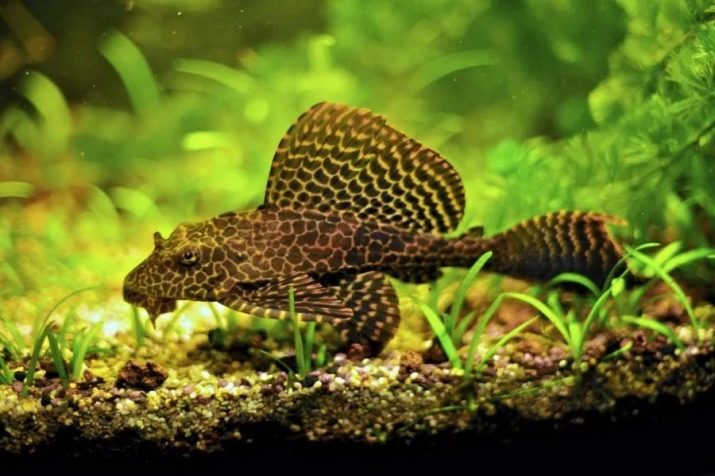
The maintenance of catfish provides for the prevention of diseases. Bacteria and fungi are their enemies. Therefore, if your pets began to eat poorly, their color has faded, or you notice sluggish behavior, folded fins, a whitish coating on the scales, then start sounding the alarm. Isolate sick fish first. This should be done when you notice bloating, bruising, ulcerative lesions, and white threadlike stool.
Feeding
There is no difficulty in this, since these individuals are omnivorous. Catfish feed on fallen food and waste. Anyway, you shouldn't feed them everything that is at hand. If the fish lacks food, they will start to hurt. Therefore, add a little more food so that it crumbles to the bottom of the aquarium.
A variety of dry food for bottom fish will solve the problem. Live and frozen brine shrimp, bloodworms, tubifex will do.
It is necessary to add tablets with herbal supplements and daphnia with a core to the diet.
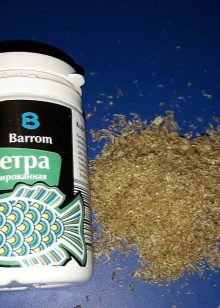
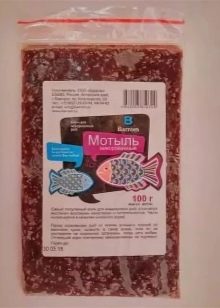
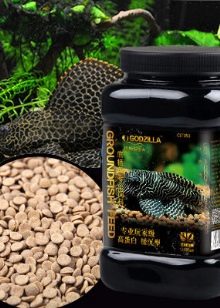
How to determine gender?
All fish species are sexually distinct. For some, they are determined quickly, for others it is more difficult with this. In catfish, the sex is determined according to a certain pattern.
- First of all, determine which species your catfish belongs to. A large number of species have their own specific standards.
- The male Dianema catfish has long pectoral fins, and they are longer than that of the female. This is the difference between the female and the male. And also the body of the females is round and full, and the males are slimmer.
- Catfish sparrow. In males, the upper fin is pointed, while females have a more rounded fin. Males, again, are more slender.
- Apply the same parameters for determining gender to the following species: meta, speckled, Natterer catfish, leopard, catfish, golden, pygmy.
- The color of female tarakatum catfish has a white lower body. The male is distinguished by the spread of dark spots throughout the body.
- In all types of catfish, females are usually fuller and rounder than males. The main difference is the pale color.
If you find it difficult to see the floor of the catfish, then remove the fish from the aquarium, turn it over. The male will have a pronounced tubercle with a round hole.
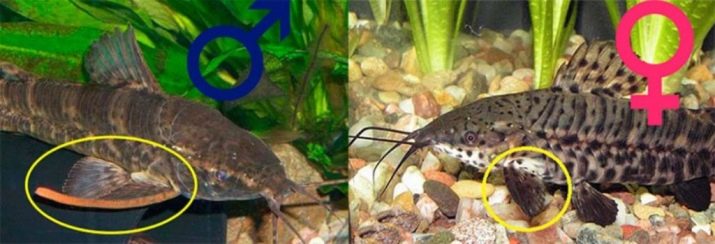
Reproduction
Naturally, for the purpose of breeding, only strong, healthy and young females and males are taken. Before you breed young animals, feed your charges very well. A bloodworm is best for this. It has a beneficial effect on the process itself and falls pretty well to the bottom.
So, let's get down to the task of obtaining offspring.
- Place (preferably at night) 1 female and 3 males in the spawning ground. Change the water by 50% and bring the temperature in the container up to + 18 ° C for greater effect.
- Take care of the lighting. Put on a dim lamp and cover the container with material. You need to keep a small space where light will penetrate.
- A thick plexiglass must be placed in the place where the light enters. The female will then place eggs here.
- The spawning process itself will last from 2 to 4 hours. The males will start chasing the female. Then she will take milk in her mouth and smear it on the glass area. Then she will glue the eggs.
- The laid eggs are up to 3 mm in diameter. The female will lay up to about 200 eggs. After this process, transplant the female and males into a shared aquarium.
- The water must be perfectly clean. So sprinkle it with special antibacterial additives. The water temperature should be around + 28 ° C.
- After fry emerge, lower the temperature to + 20 ° C. Young animals prefer a "live" diet: rotifer, naulia, crustaceans, ciliates. As you grow older, feed the chopped tubule.
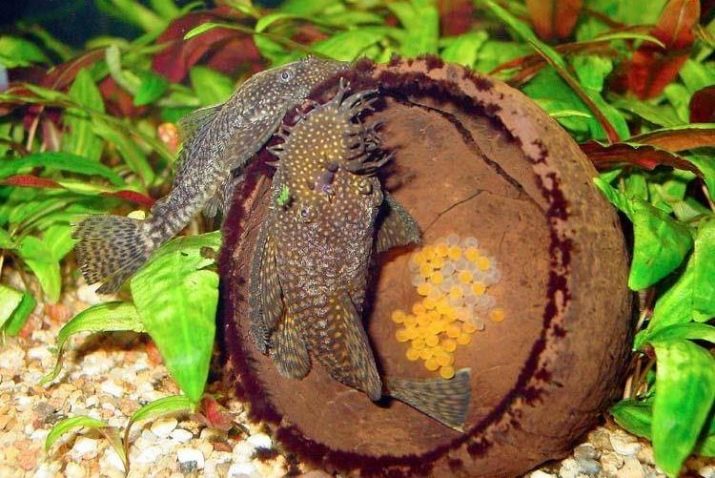
How long do they live in an aquarium?
If you create the most acceptable conditions for catfish, then the life expectancy will be 8 years. In natural conditions, these individuals live for 100 years or even more. Chain catfish (known as loricariids) with good care will delight you up to 8 years old.
Individuals of armored or kallikhtovaya exist on average 6-7 years. And this is a very good result. Representatives of the armored family have a head covered with bone plates. A relatively large fish, the Platidoras, belonging to this category, exists in captivity for up to 14 years. In the usual conditions of the river, these creatures can live for more than 21 years.
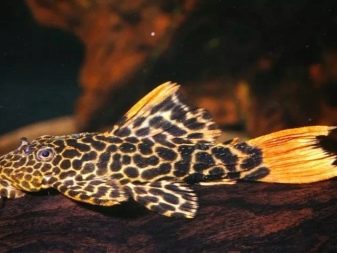
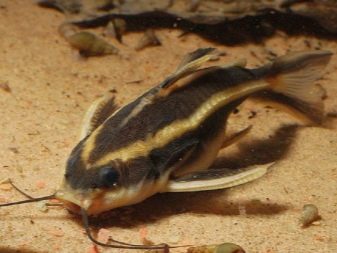
Synodontis catfish live from 6 to 15 years. And even nature and free life did not endow them with longevity. In freedom, individuals live no more than 24 years, unlike other fellow catfish.
Star synodontis are loved for their unusual appearance. It is rather difficult to predict how long these representatives will be able to exist. But if we take approximate figures, then it is possible to assume that it is 6 years or more. In the wild, they have a good life expectancy.
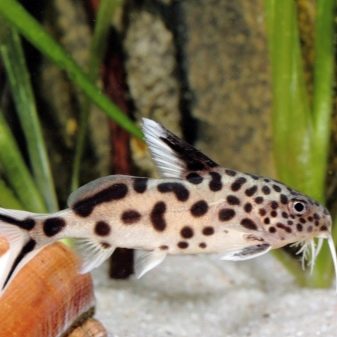
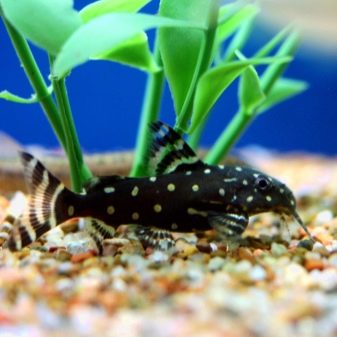
Catfish are relative centenarians. And to summarize, find out how much time is allowed in the wild by this or that individual.
You need to create good living conditions, and then your pets will achieve maximum age-related success.
For the content of speckled catfish, see the video below.








